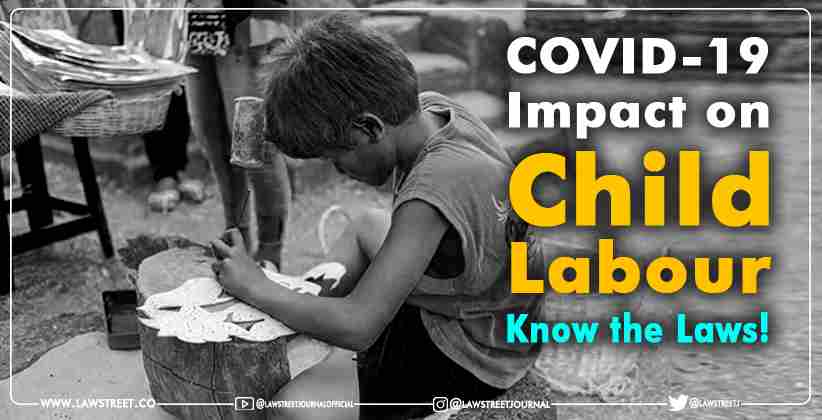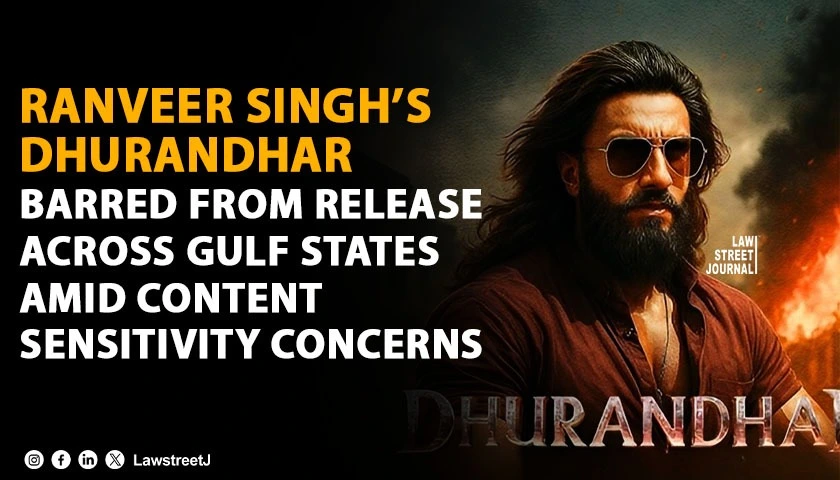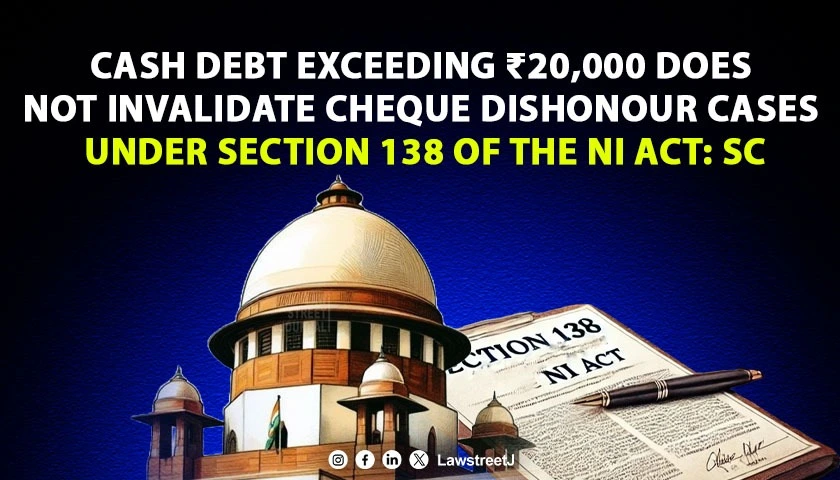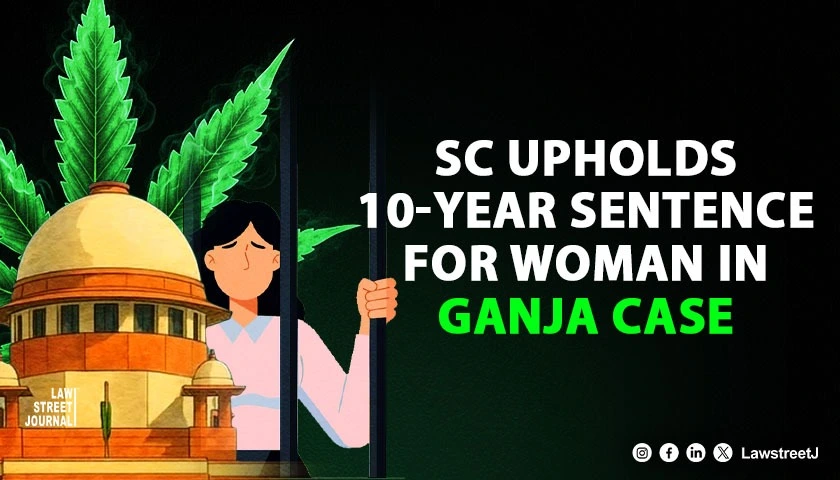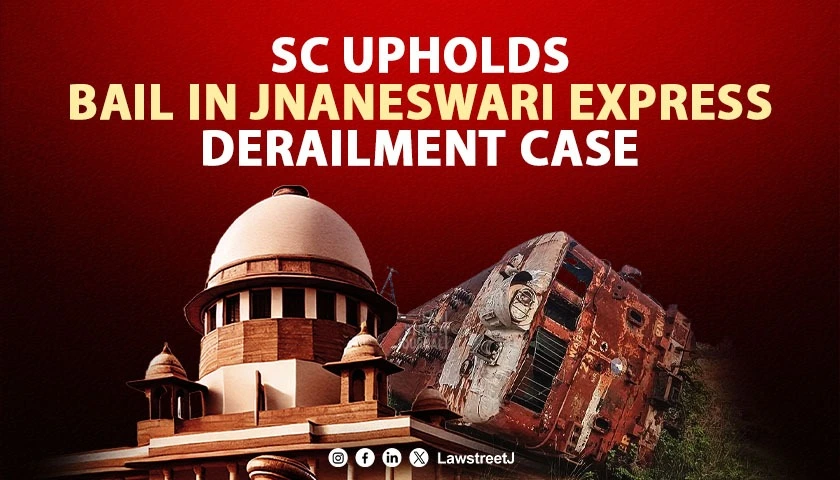World Day against child labour is celebrated every year on June 12. The day is marked to spread awareness about the global extent of child labour and the action and efforts needed to eliminate it.
This years World Day Against Child Labour focuses on action taken for the 2021 International Year for Elimination of Child Labour. It is the first World Day since the universal ratification of the International Labour Organizations Convention No.182 on the Worst Forms of Child Labour and takes place at a time when the COVID-19 crisis threatens to reverse years of progress in tackling the problem.
THEME:
The theme of 2021 World Day Against Child Labour is ACT NOW: END CHILD LABOUR.
For this years World Day, the International Labour Organization (ILO) aims to promote a week of action, starting with the new global estimates on child labour. The events and activities carried out during this week will be an opportunity for partners to showcase progress in carrying out their 2021 Action Pledges. All pledges made by regional, national and organizational stakeholders and individuals will be featured on the ILO website.
ILO and UNICEF also plan on releasing new global estimates and trends on child labour (2016-2020), under the aegis of Alliance 8.7, a global partnership that aims to eradicate forced labour, modern slavery, human trafficking, and child labour around the world. This report will include an assessment of how the pace of progress towards ending child labour is likely to be affected by the COVID-19 pandemic and the unprecedented economic crisis that has accompanied it.
HISTORY AND SIGNIFICANCE:
Hundreds of millions of children throughout the world are engaged in work that deprives them of adequate education, health, leisure, and basic freedoms, violating their rights. Of these children, more than half are exposed to the worst forms of child labour such as work in hazardous environments, slavery, or other forms of forced labour, illicit activities such as drug trafficking, and prostitution, as well as involvement in armed conflict.
In the last 20 years, almost 100 million children have been removed from child labour, bringing the numbers down from 246 million in 2000 to 152 million in 2016. However, progress across regions remains uneven. Africa accounts for almost half of the child labour with over 72 million working children, followed by Asia and the Pacific (62 million children).
Approximately 70% of children engaged in child labour work in agriculture, mainly in subsistence farming and livestock herding. Almost half of these children work in occupations or situations considered hazardous for their health and lives.
According to data from Census 2011, the number of child labourers in India is 10.1 million of which 5.6 million are boys and 4.5 million are girls.
The continuing persistence of child labour and exploitation poses a threat to national economies and has severe negative short and long-term consequences for children such as denial of education and undermining physical and mental health.
The International Labour Organization (ILO) launched the first World Day Against Child Labour in 2002 as a way to highlight the plight of these children.
The World Day Against Child Labour provides an opportunity to gain further support of individual governments and that of the ILO social partners, civil society, and others, including schools, youth and womens groups as well as the media, in the campaign against child labour.
WHAT IS CHILD LABOUR?
The Internation Labour Organization defines child labour as work that deprives children of their childhood, their potential, and their dignity, and that is harmful to physical and mental development. It refers to work that is mentally, physically, socially, or morally dangerous and harmful to children or work whose schedule interferes with their ability to attend regular school or work that affects in any manner their ability to focus during school or experience a healthy childhood.
Child as defined by the Child Labour (Prohibition and Regulation) Act, 1986 is a person who has not completed the age of 14 years.
Not all work done by children should be classified as child labour that is to be targeted for elimination. Children's or adolescents' participation in work that does not affect their health and personal development or interfere with their schooling, is generally regarded as being something positive.
Across India, child labourers can be found in a variety of industries such as brick kilns, carpet weaving, garment making, domestic service, food and refreshment services (tea stalls), agriculture, fisheries, and mining. Children are also at risk of various other forms of exploitation including sexual exploitation and production of child pornography.
Child labour and exploitation are the results of many factors, including poverty social norms condoning them, lack of decent work opportunities for adults and adolescents, migration, and emergencies. These factors are not only the cause but also a consequence of social inequities reinforced by discrimination.
LAWS PROHIBITING CHILD LABOUR IN INDIA:
Children belong in schools, not workplaces. Child labour deprives children of their right to go to school and reinforces intergenerational cycles of poverty. Child labour acts as a major barrier to education, affecting both attendance and performance in school.
Child labour and other forms of exploitation are preventable through integrated approaches that strengthen child protection systems as well as simultaneously address poverty and inequity, improve and enable access to quality education and mobilize support for respecting childrens rights.
Child Labour Amendment (Prohibition and Regulation) Act of 2016:
In India, the law addressing child labour is known as the Child Labour Amendment (Prohibition and Regulation) Act, 2016. This law regulates the employment of children and does not allow children below the age of 14 to work except as a child artist and in a family business.
This law also paves the way for Indias obligation to fulfill the International Labour Organizations (ILO) Convention No.182 which prohibits hazardous work which is likely to jeopardize childrens physical, mental or moral health. It aims at immediate elimination of the worst forms of child labour for kids below 18 years.
Constitution of India:
The Constitution of India under Article 21(A) mandates free and compulsory education for all children in the age group of 6-14 years. Article 24 also specifically prohibits the employment of children below the age of 14 years in dangerous factories which may cause them physical as well as long-term mental harm. Further, Article 39 requires the State to direct its policy towards securing that the health and strength of workers, men, and women, and the tender age of children are not abused and that citizens are not forced by economic necessity to enter avocations unsuited to their age or strength.
Factories Act of 1948:
The Act prohibits the employment of children below the age of 14 years in any factory. The law also placed rules on who, when, and how long can pre-adults aged 15-18 years be employed in any factory.
Mines Act of 1952:
The Act prohibits the employment of children below the age of 18 years of age in a mine. Mining is one of the most dangerous occupations, has led to many major accidents in the past.
Juvenile Justice (Care and Protection) of Children Act of 2000:
This law made it a crime, punishable with a prison term, for anyone to procure or employ a child in any hazardous employment or bondage. This Act provides punishment to those who act in contravention to the previous acts by employing children to work.
Right to Children to Free and Compulsory Education Act of 2009:
This law mandates free and compulsory education to all children aged 6-14 years. This legislation also mandated that 25% of seats in every private school must be allocated for children from disadvantaged groups and physically challenged children.
COVID-19 IMPACT ON CHILD LABOUR:
COVID-19 has plunged the world into a crisis of unprecedented scope and scale. Undoubtedly, restoring global health remains the priority, but the strict measures required are resulting in massive economic and social shocks.
As lockdown, quarantine, physical distancing, and other isolation measures to suppress transmission continue, the global economy has plunged into a recession. The harmful effects of this pandemic will not be distributed equally. They are expected to be most damaging in the poorest countries and the poorest neighborhoods and for those in already disadvantaged or vulnerable situations, such as children in child labour and victims of forced labour and human trafficking, particularly women and girls. These vulnerable groups are more affected by income shocks due to the lack of access to social protection, including health insurance and unemployment benefits.
International Labour Organization has launched the Flagship International Programme on the Elimination of Child Labour and Forced Labour (IPEC+) to tackle the impact of COVID-19 on the most vulnerable. The Programme has ongoing operations in 62 countries, all of which are affected by the pandemic. The program has developed business continuity plans to mitigate the risks and to repurpose its strategy and is seeking to allocate additional funding to support efforts to monitor the impact of COVID-19 on child labour, forced labour, and human trafficking, particularly concerning school closures, business shutdowns, unemployment, loss of livelihoods in affected communities, and a lack of social protection systems.
As the world is slowly and steadily heading towards the new normal, everyone should gear up to try and eradicate child labour. These young children do not deserve to toil in harsh conditions that can pose a threat to their lives at such a tender age. Therefore, todays significance is even more important to raise awareness and voice against this, as well as should be a wake-up call for governments across the world.

